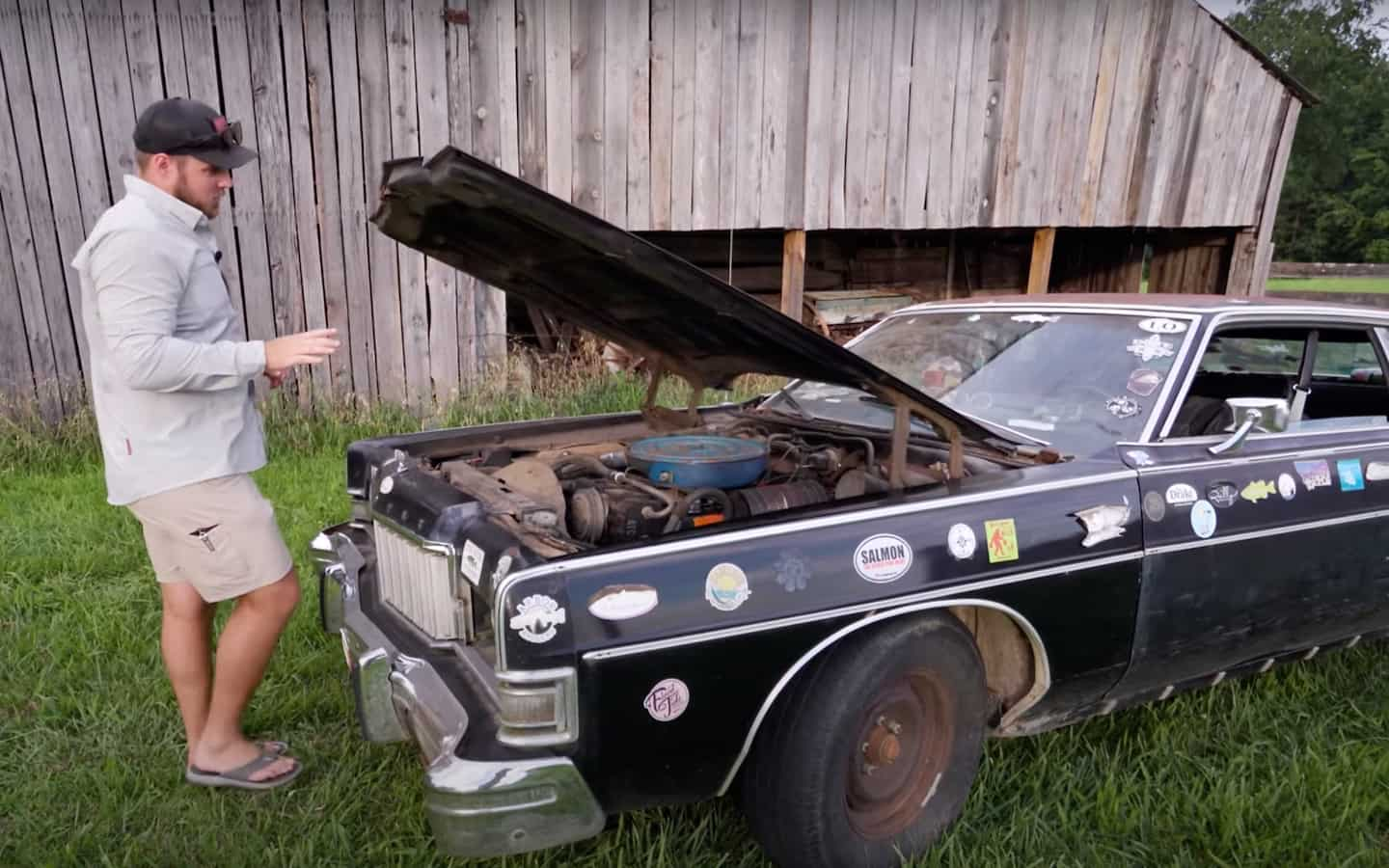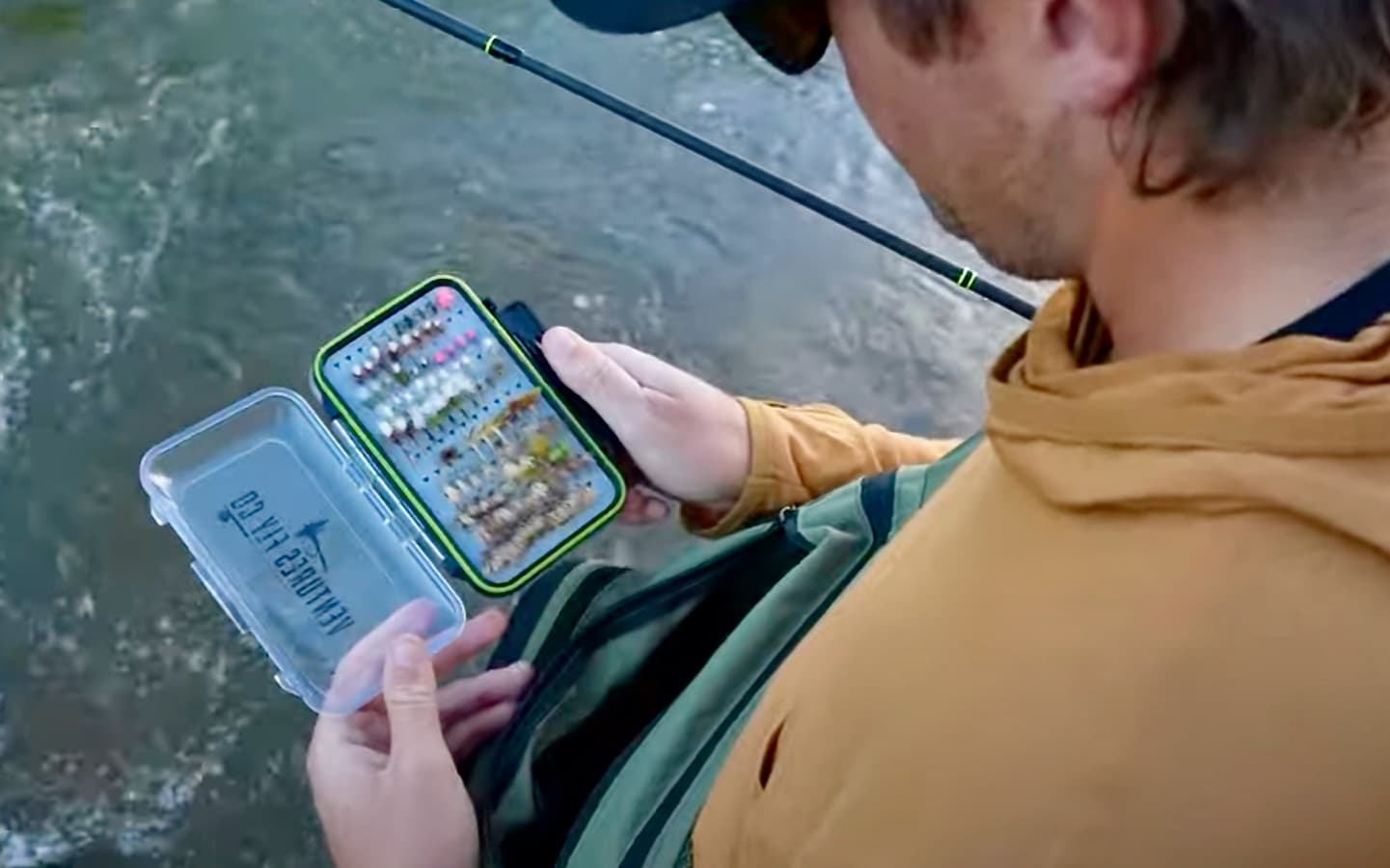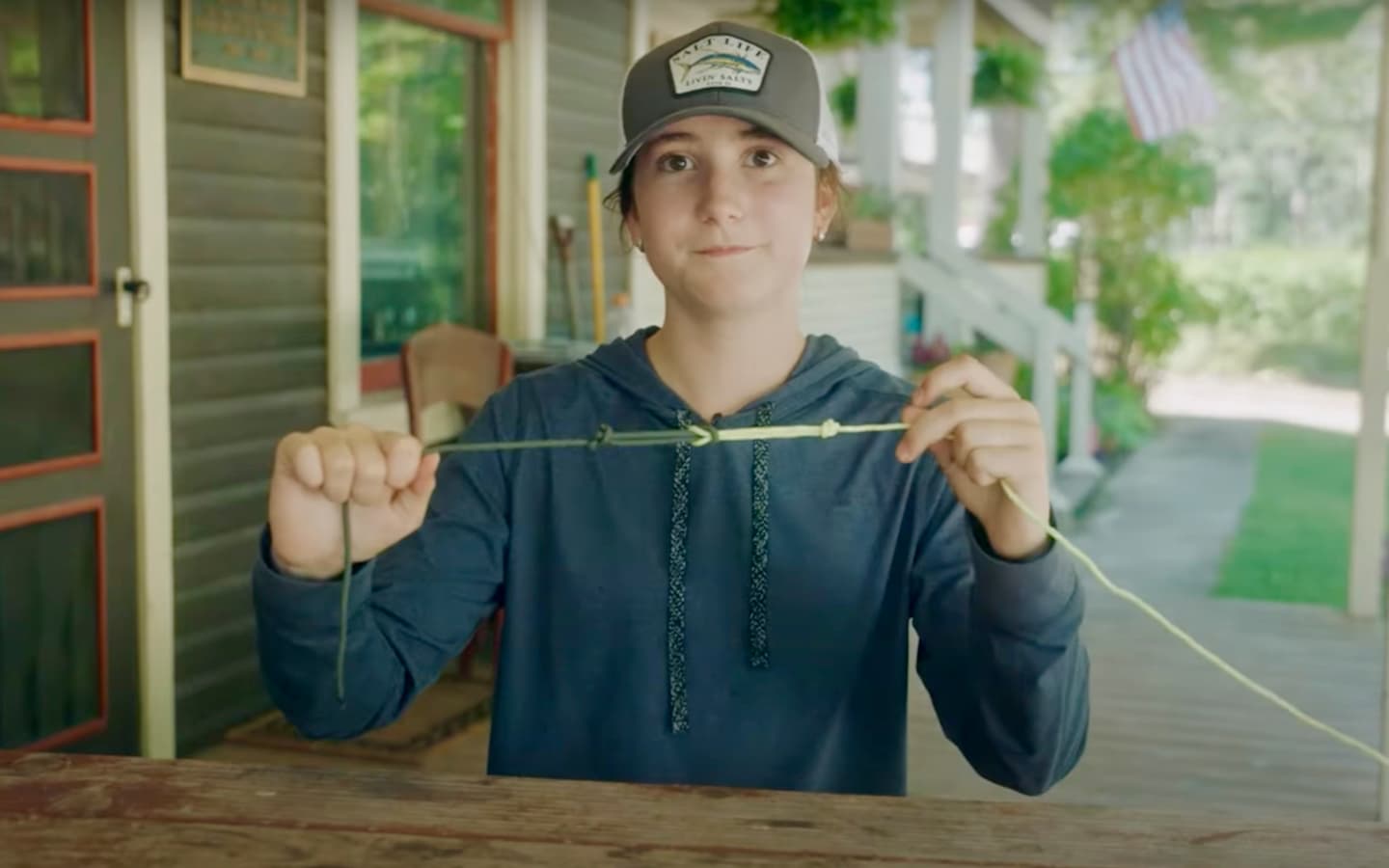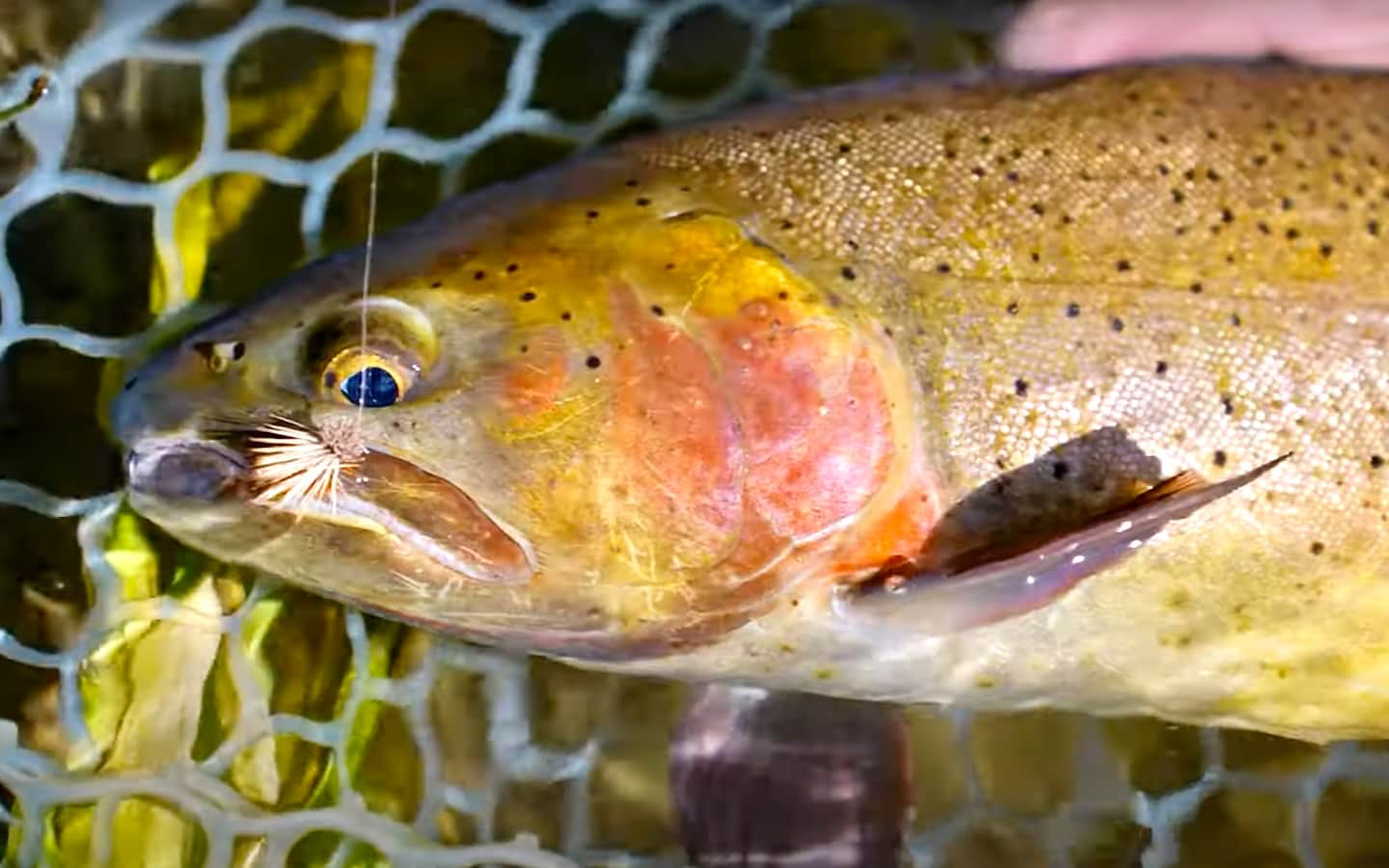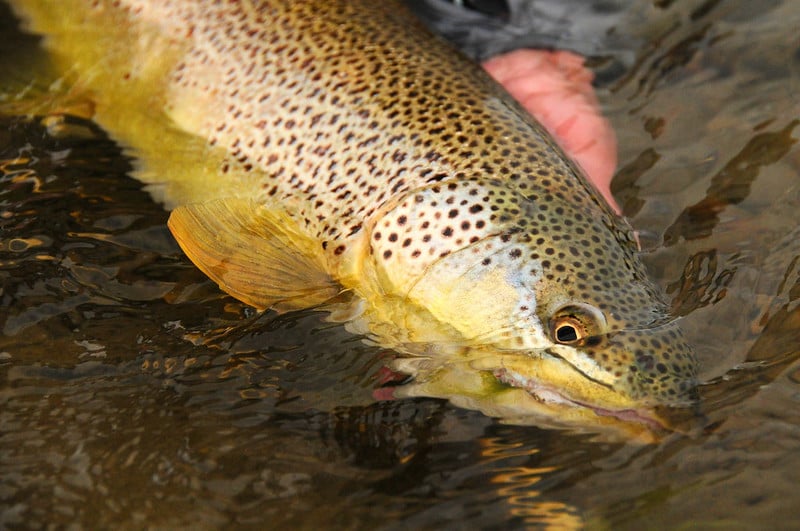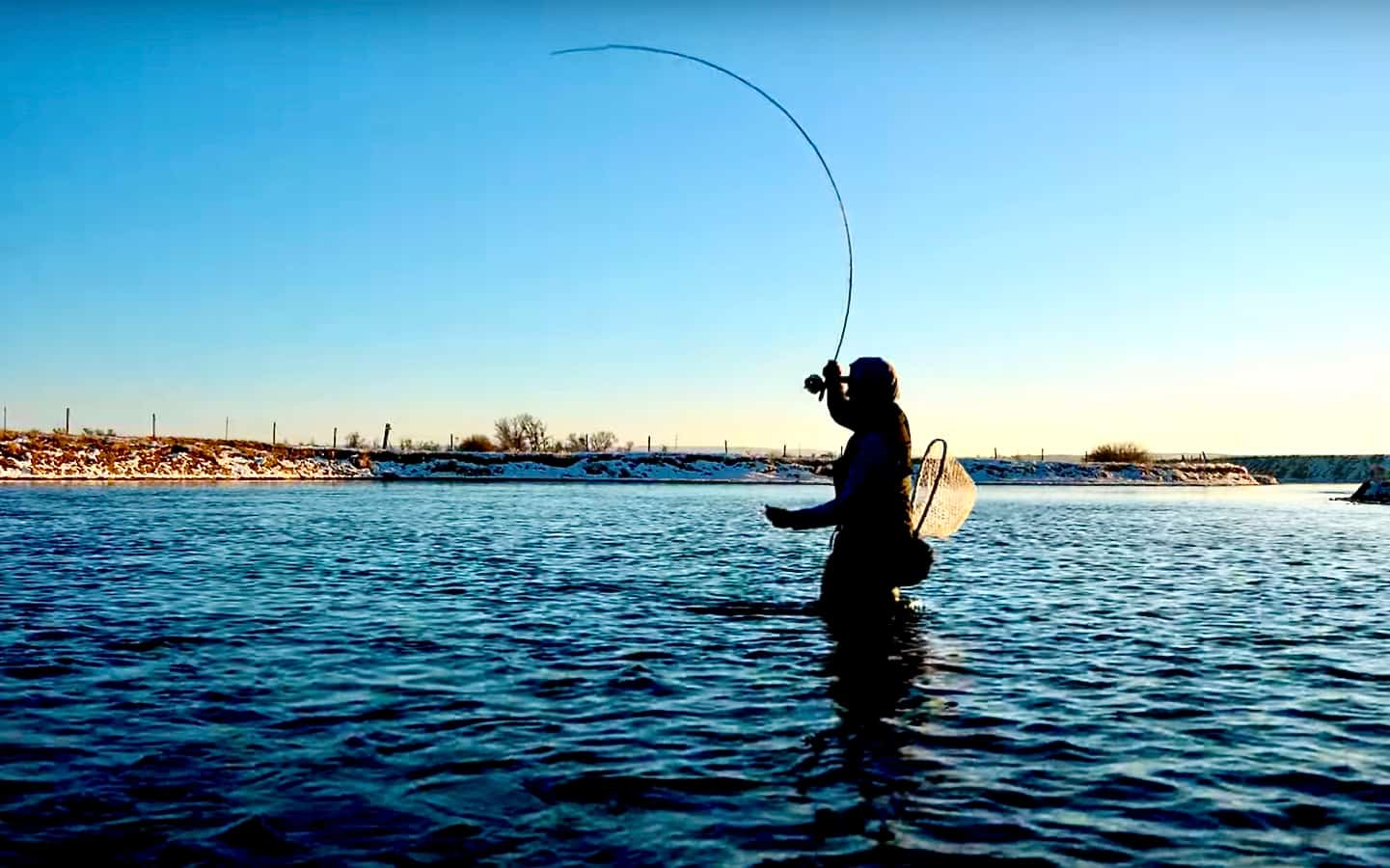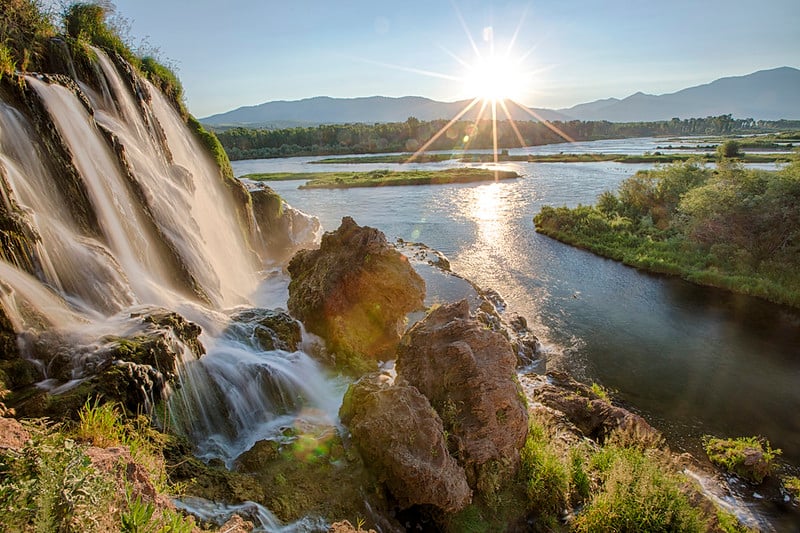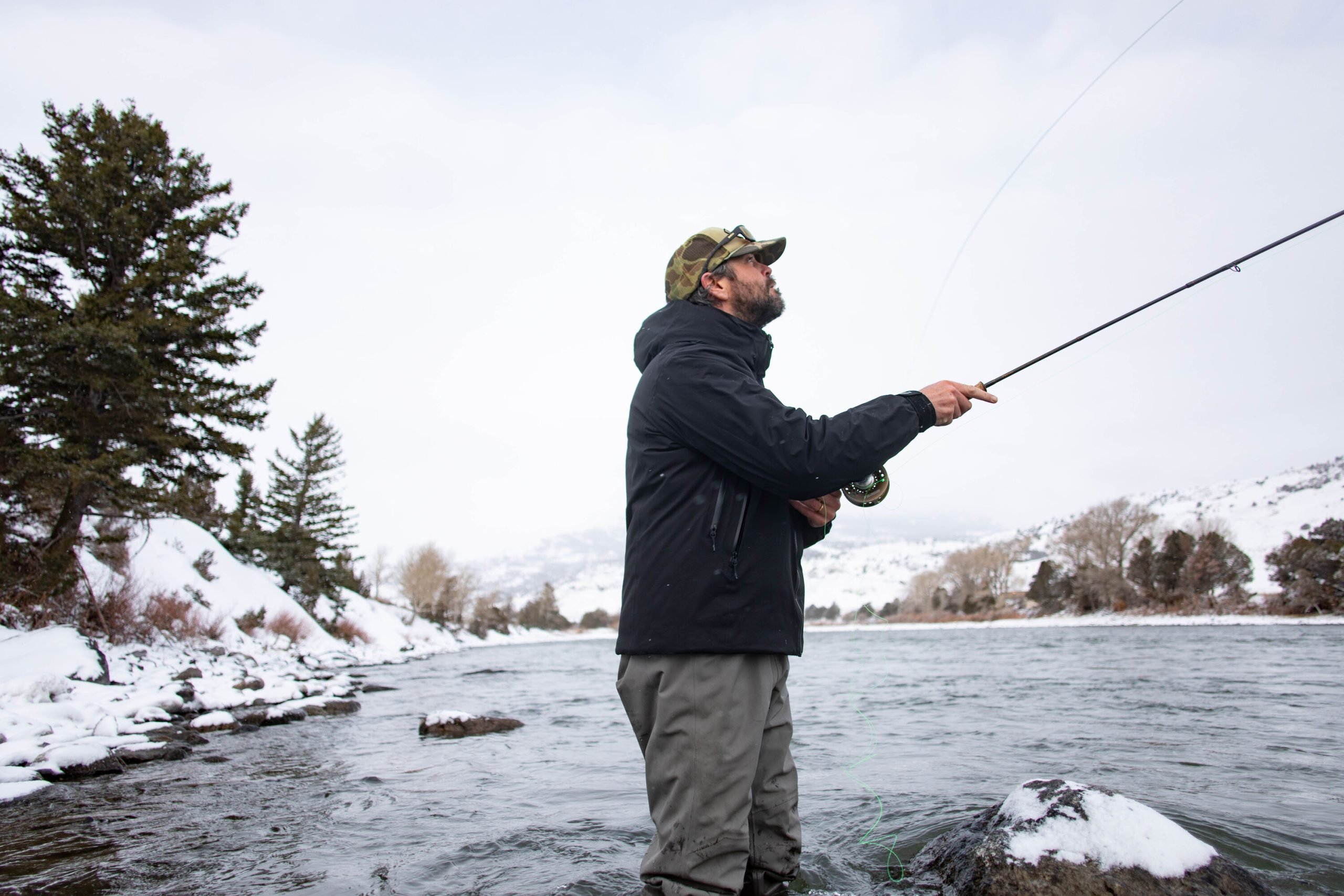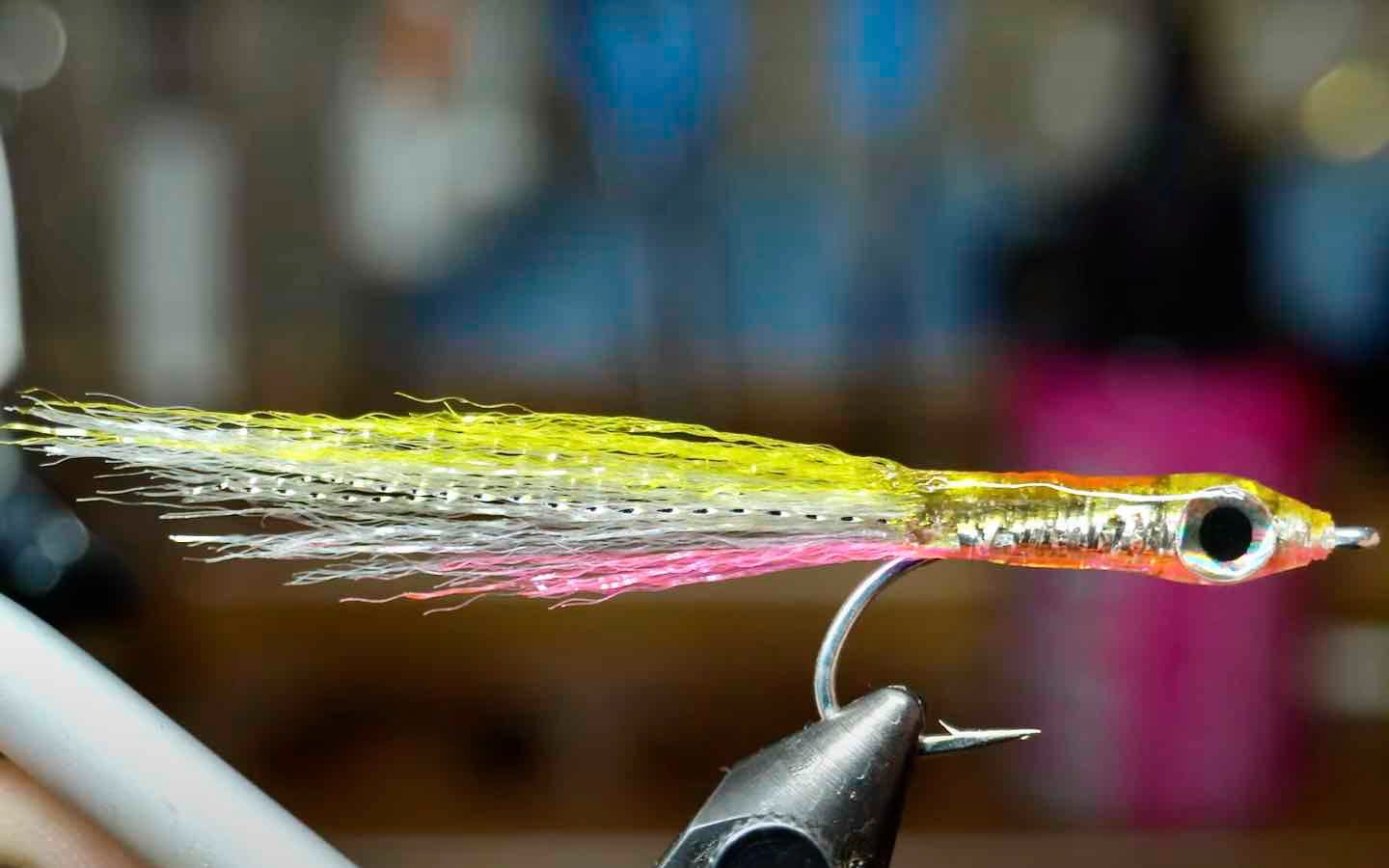Turning Water Into Wine: Vintners Challenged By Drought
The prospect of a catastrophic drought in California had us looking harder this week at the impact of agriculture — and yes, even wineries — on the survival of trout and steelhead fisheries in that state. The sad fact is that in the recent past more than one California winery has been implicated in the wasteful diversion of water from trout or salmon streams. As much as we’d like to think of vintners as an altogether swell crew, the reality is that they are only as green as they want to be. Last year Trout Unlimited announced a program to encourage west coast vintners to focus on restoring instream flows, but the reality is that severe drought tests the willpower of any business person whose livelihood depends on water. Wine growers are increasingly looking to sophisticated ways to conserve water, like installing solar-powered sensors to help manage watering.
This week we contacted the folks at Stonefly Vineyards in Yountville, California for an update on what vineyards are doing to help protect fish. Stonefly happens to be the “Official Winery” of the Federation of Fly Fishers, and recently they teamed up with the Sportsman’s Alliance for Alaska to support their important efforts to preserve Alaska’s Bristol Bay Watershed, so we figured that they’d be as good an example as we could find for best practices among wine producers. The company was founded over a decade ago to unite the artisan traditions of fly fishing and fine winemaking, and they craft a nicely-labeled selection of Cabernet Franc, Cabernet Sauvignon and Sauvignon Blanc.
According to Stonefly’s “Chief Fly Fishing Officer” (CFFO) Nick Papadopoulos, “currently we are facing one of the most severe dry spells in fifty years. We recently learned that our local water agency will mandate water rationing by 30-50%, impacting homeowners, municipalities and farmers. This past January was one of the driest on record. In the last few weeks flows into the Russian River have been reduced and I’ve heard that the steelhead are holding in the lower river and just sitting there in pods. No water to migrate upstream. Backing up to the big picture is the issue of climate change which many believe will fundamentally alter the winemaking and fisheries landscape, figuratively and literally.” According to Papadopoulos, a responsible vintner has to ask the question “What can a particular vineyard site provide and what’s asking too much of the land?” This is essential because the more you try to force the site to produce something it’s not capable of the more inputs such as water, trellising, fertilizers are required. The same issues that impact fish also impact wine quality.
So what does Stonefly do to help minimize their impact? Beyond using no more water than necessary, they bring in beneficial insects to help control mites, develop habitat for owls and other raptors to control rodent populations (instead of using poisons), and they use multiple cover crop plant species to reduce the need for artificial fertilizer inputs. But as Papadopoulos points out, the challenge is to keep moving forward: “Sustainability is an ongoing process of improvement. You can always do better.”
Stonefly was also kind enough to provide us with some links to important sources of information about sustainable wine production:
Sustainable Winegrowing Alliance
http://www.sustainablewinegrowing.org/
Fish Friendly Farming
http://www.fishfriendlyfarming.org/
Trout Unlimited’s Water and Wine Program
Bay Area Green Business Programs
http://www.greenbiz.ca.gov/
Resource Solutions Group Wine Industry Energy Efficiency Program
Special Note: Stonefly just launched a discount program for those in the angling community. If your business is fishing-related, you may qualify for a 33% discount on wines sent to your customers and partners. Get more details by calling the company at (707) 836-5492, or go ahead and download the simple application form from their Web site.
Chouinard, Brokaw Tout 1% For the Planet In New York
British Water Board: Backcasting Threatens 300,000
